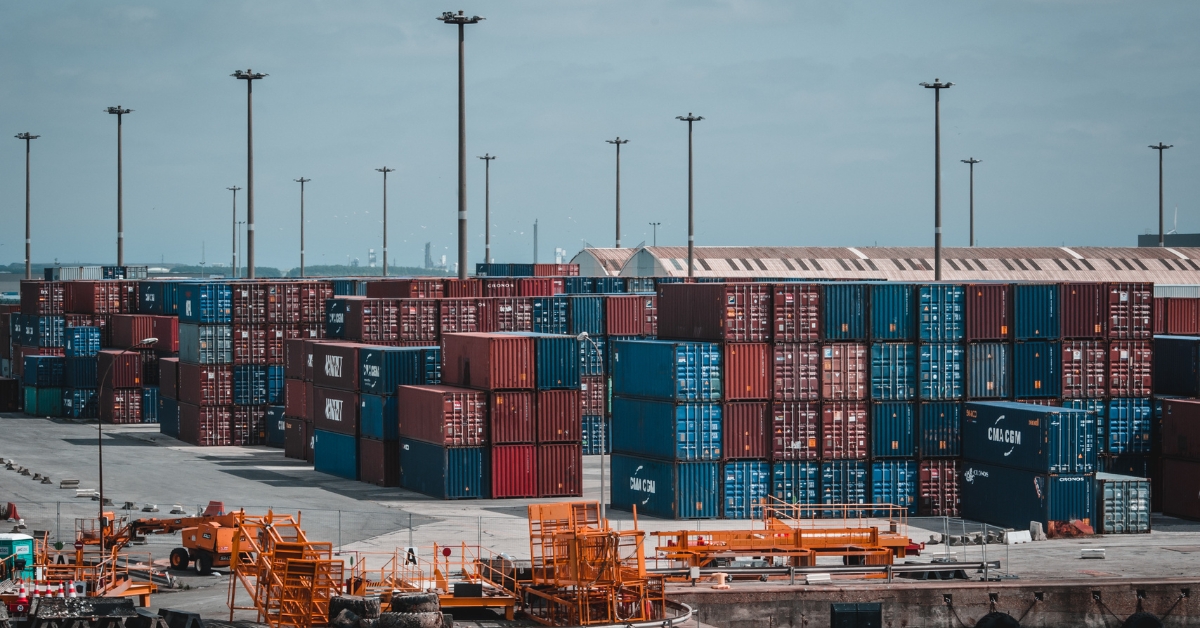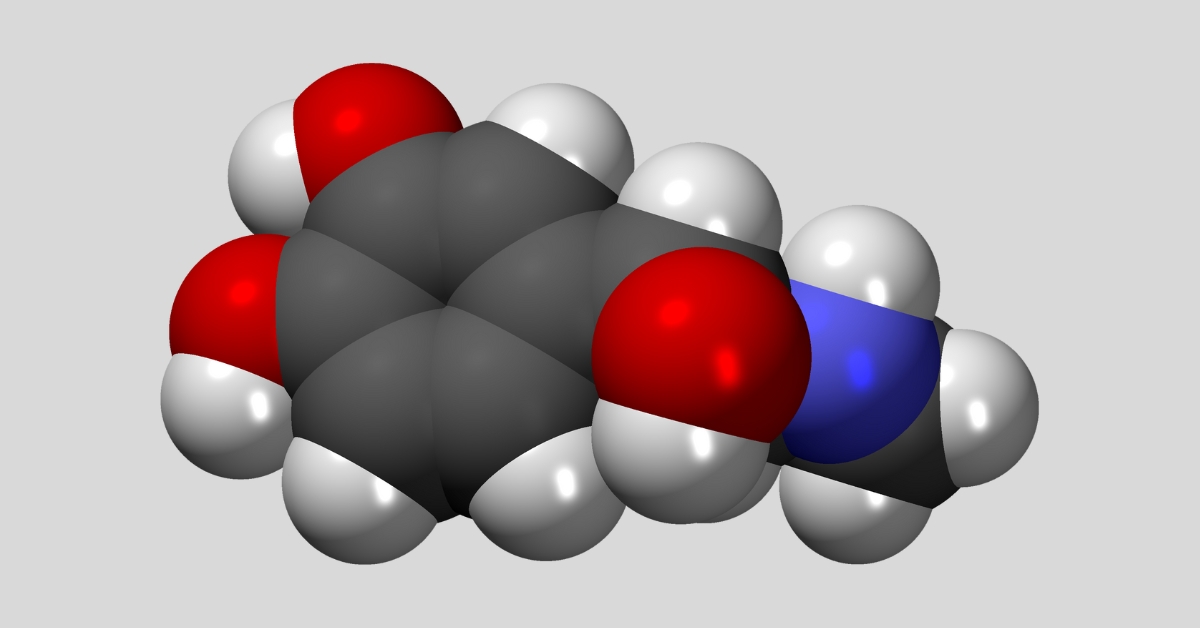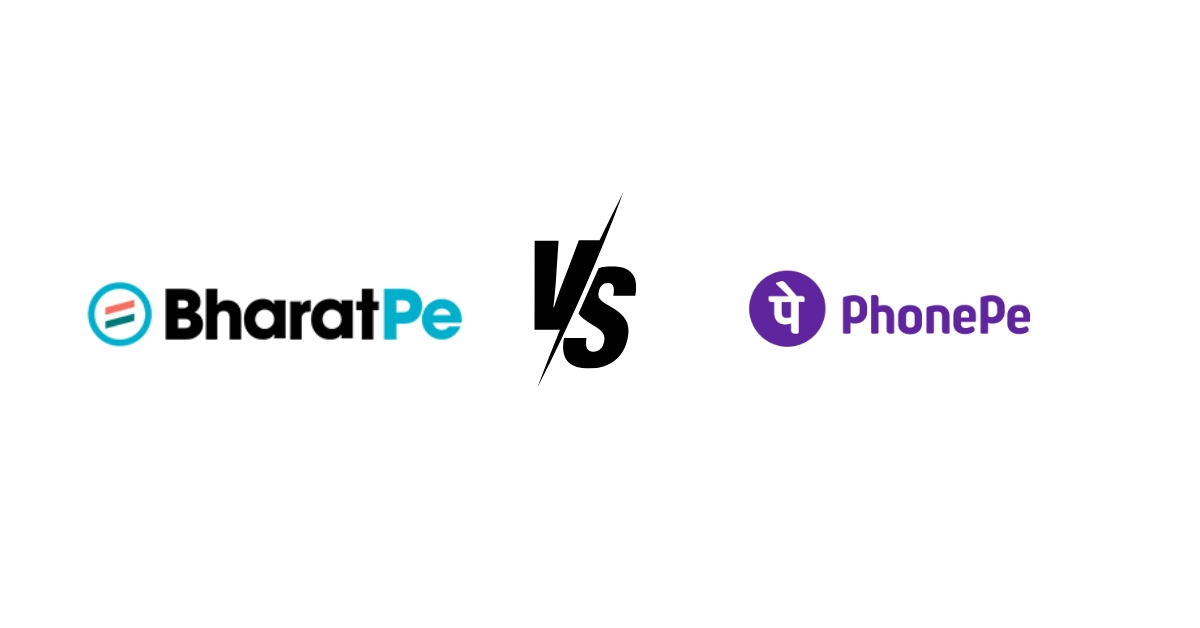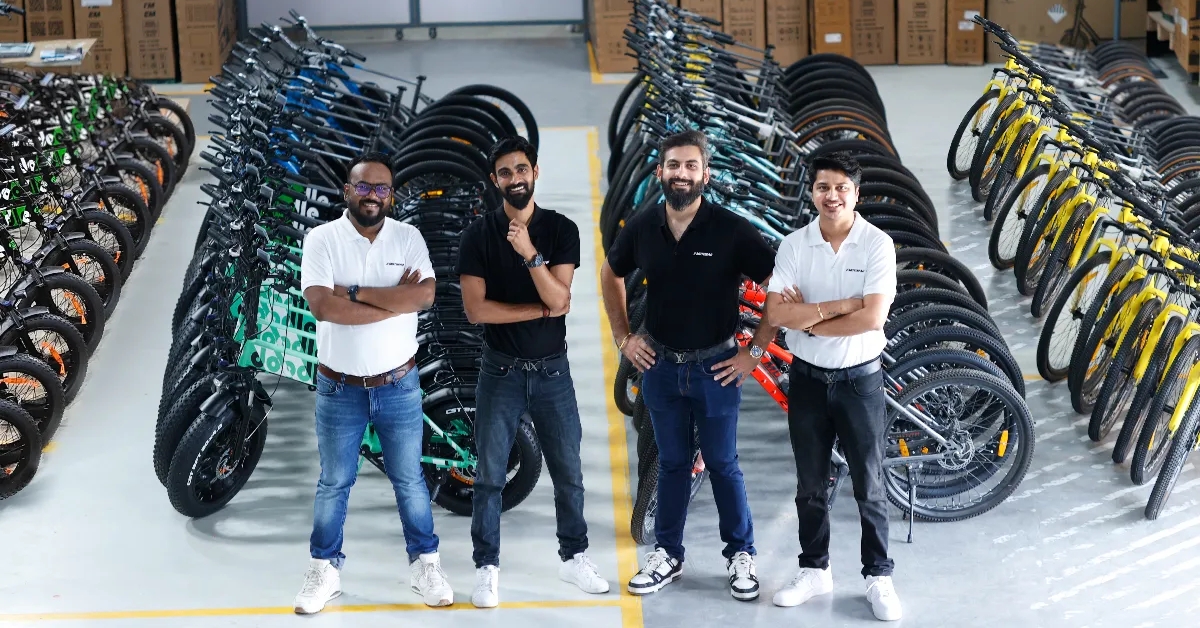Navantia, the state-owned shipbuilder of Spain, and Larsen & Toubro (L&T), an engineering major, have joined forces to compete for a massive submarine-building project in India.
The project, known as Project 75I, involves the construction of six advanced submarines for the Indian Navy at an estimated cost of ₹43,000 crore.
The competition is heating up as Navantia and L&T will be going head-to-head with Germany’s ThyssenKrupp Marine Systems (TKMS) and India’s Mazagon Dock Shipbuilders Limited (MDL), who have already signed a similar agreement to bid for the project.
The Indian government’s strategic partnership (SP) model requires an Indian bidder to collaborate with a foreign partner for the submarine program.
The teaming agreement between Navantia and L&T was signed by Spanish ambassador José Domínguez, L&T CEO SN Subrahmanyan, and Augustin Alvarez Blanco, Navantia’s vice president for naval construction.
This agreement signifies their commitment to submitting a bid for the P75-India submarine program.
Under Project 75I, the submarines must be equipped with air-independent propulsion (AIP) systems, which allow the vessels to stay submerged for longer durations.
The first submarine must have at least 45% indigenous content, increasing to 60% in the sixth submarine.
When asked about the competition with TKMS, L&T CEO SN Subrahmanyan acknowledged that it is tough competition and that they will have to submit a strong bid.
He believes that Navantia’s AIP system is superior and that the technology transfer in their agreement will be of greater value to India’s defense.
However, he emphasized the need to go through the competitive process.
Navantia’s AIP is a third-generation bio-ethanol system, offering lower operating and through-life costs.
The design of the submarines will be based on Navantia’s S80 class, which allows for significant indigenization of equipment according to Indian requirements.
The weapons complexes on the submarines will be Indian-made.
L&T has a strong track record in defense projects, including constructing India’s first indigenous nuclear-powered submarine.
Subrahmanyan highlighted the importance of the submarine program for India’s defense capabilities and expressed confidence in their preparedness to submit a competitive bid by the August deadline.
Beyond submarines, Navantia and L&T are also exploring a partnership for India’s acquisition of landing platform docks (LPDs), which are amphibious warfare vessels.
Spanish ambassador José Domínguez expressed Spain’s support for India’s “Make in India” initiative and emphasized their commitment to transferring technology to India as a reliable partner.
He stressed that Spain’s engagement in the project aligns with India’s strategic autonomy and aims to contribute to regional stability.
The P-75I program is a significant initiative under India’s “Make in India” campaign, aiming to boost domestic defense manufacturing.
The Cabinet Committee on Security approved the program in 1999 as part of a 30-year submarine-building plan.
However, the project has faced delays and moved at a slow pace.
Commodore Srikant Kesnur (retd), a maritime affairs expert, believes that MDL-TKMS and L&T-Navantia are the main contenders for the project unless a surprise candidate emerges.
He emphasized the critical need to address the shortage of conventional submarines and expressed hope that India could eventually design and build submarines indigenously.
However, Kesnur also noted that the project’s execution may take nearly a decade, and the new submarines will be operational in the 2030s.
He suggested acquiring submarines from other sources to balance the depleting force levels, such as placing a repeat order for three Scorpene submarines as an interim solution.
In conclusion, the collaboration between Navantia and L&T marks a significant step in India’s efforts to strengthen its naval capabilities and promote indigenous defense manufacturing.
The competition for the submarine project is fierce, with each team vying to offer the best technology and capabilities.
The successful execution of Project 75I will enhance India’s defense capabilities and contribute to its long-term strategic goals.






